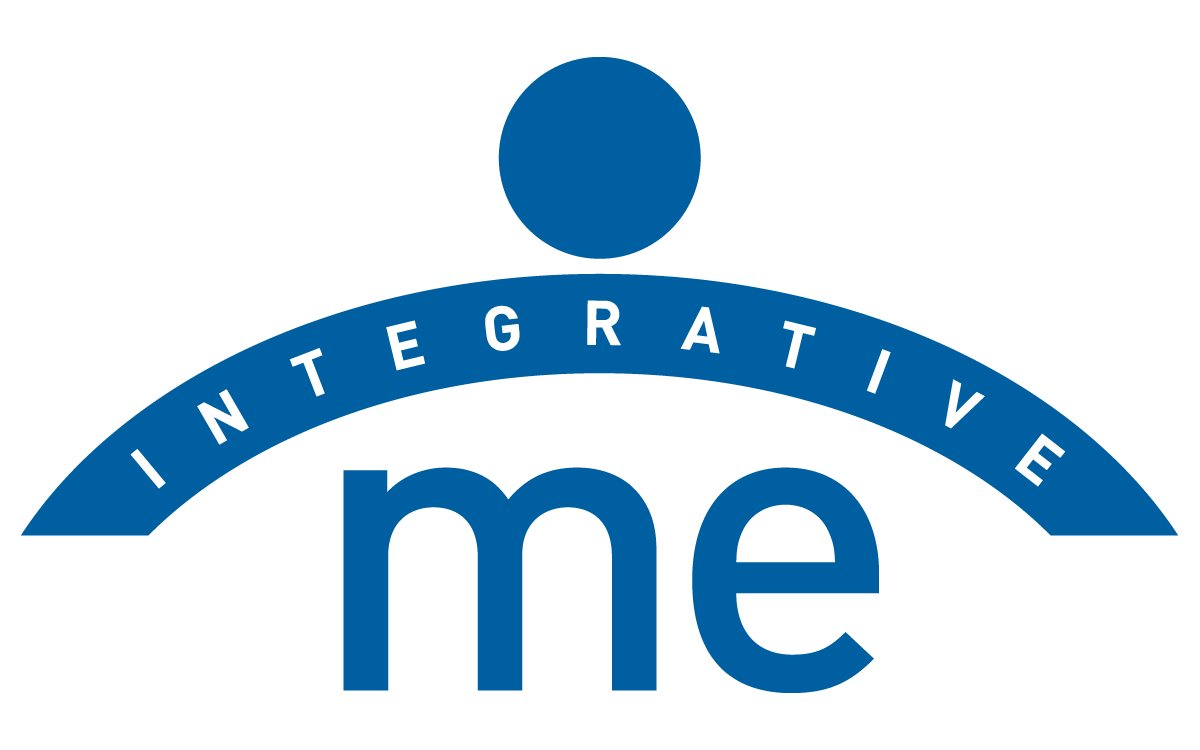
Cutler Integrative Medicine recommends IV Therapy as a good solution to fight the effects of a hangover. Bloomfield Hills, Michigan.
BLOG
Cutler Integrative Medicine can help you manage pain naturally using holistic treatment methods. The holistic approach gets to the root of the problem by treating the whole person and not just the pain symptoms.
Everyone has experienced pain at some point in their lives, be it a pinprick or a broken limb. However, pain that persists or starts to interfere with your quality of life requires treatment. Holistic treatment offers a safe, effective way to manage pain naturally. This is especially true in cases of recurring or long-term pain symptoms.
As a licensed naturopathic physician, Dr. Cutler of Cutler Integrative Medicine works with you to find the source of your pain symptoms based on your physical, mental, emotional, and spiritual condition. From there, Dr. Cutler administers customized treatments that address your individual treatment needs.

Pain is the body’s way of telling us something is wrong. Injury, illness, or even chronic inflammation creates this uncomfortable sensation. Pain sensations result from nociceptors, a specific nerve that transmits signals to the brain when tissue damage is detected.
When left untreated, pain can cause considerable damage to the affected tissues. Managing pain naturally offers a safe and effective way to stop pain at its source. Dr. Cutler of Cutler Integrative Medicine helps patients reduce pain symptoms and uses natural remedies to treat the source of the pain.
In general, there are two types of pain: acute and chronic.
Acute pain tends to appear suddenly and has a specific cause, such as pricking yourself with a pin or the pain experienced after an injury. It typically doesn’t last longer than six months.
Chronic pain results when pain signals remain active after the original injury or condition goes away. This type of pain lasts longer than six months. In some cases, chronic pain can exist when there’s no apparent cause for it.
While acute pain can usually be treated in a timely manner, chronic pain can be more challenging to treat. Pain and feelings of depression easily form a cycle as chronic symptoms create more severe pain. Before long, your quality of sleep starts to suffer. At this point, the need for treatment extends well beyond the pain itself.
Pain can stem from:
The mind and body are deeply interconnected when it comes to managing chronic pain. Mindfulness meditation, a practice that involves focusing on the present moment, has shown promising results in reducing pain perception and enhancing overall well-being.
Studies have revealed that mindfulness meditation can decrease pain intensity by 40-50% in some cases. This happens because meditation alters the way your brain processes pain signals. Instead of reacting to pain with stress and anxiety, meditation helps you approach it with a calm and controlled mindset.
A practical way to start is with a simple breathing exercise. Find a quiet spot, sit comfortably, and breathe in deeply for a count of four, hold for four, and exhale slowly for another count of four. This rhythmic breathing helps activate the body’s relaxation response, easing tension and reducing pain.
Regular practice can train your brain to handle pain more effectively. Over time, you may notice reduced pain intensity and improved emotional resilience, making it easier to cope with chronic discomfort. In fact, a comprehensive review in JAMA Internal Medicine found that mindfulness meditation is just as effective as some conventional pain treatments, without the side effects.
Incorporating just 10 minutes of meditation into your daily routine can lead to noticeable improvements. Whether you’re dealing with joint pain, migraines, or general body aches, mindfulness meditation provides a natural, accessible way to take control of your pain.
Another way to complement meditation is by using targeted breathing techniques and relaxation exercises. When pain strikes, the body’s natural response is to tense up, which can worsen the sensation. Controlled breathing can counteract this response by relaxing the nervous system.
One effective method is the 4-7-8 breathing technique. Breathe in quietly through your nose for a count of four, hold your breath for a count of seven, and then exhale completely through your mouth for a count of eight. This practice not only helps with pain relief but also promotes better sleep and reduces anxiety.
Pairing these breathing exercises with progressive muscle relaxation can further alleviate pain. Begin by tensing and then slowly relaxing each muscle group, starting from your toes and working up to your head. This exercise helps release physical tension stored in your muscles, offering both immediate and long-term relief.
Ultimately, these mind-body approaches provide a powerful combination to naturally manage pain. By consistently incorporating mindfulness meditation and controlled breathing, you can create a more harmonious balance between mind and body, helping to diminish pain’s grip on your life.
The holistic treatment approach offers the best way to manage pain naturally. The holistic approach considers the whole person, which includes body, mind, emotions, and spiritual health. In this respect, Dr. Cutler, a licensed naturopathic physician, not only treats your pain symptoms but also any other life factors that aggravate your condition.
Pain management isn’t just about what you do with your body—it’s also influenced by what you put into it. Research consistently shows that adopting an anti-inflammatory diet can significantly reduce chronic pain by targeting the root cause of inflammation.
Leafy greens, berries, and fatty fish are nutritional powerhouses known for their anti-inflammatory properties. For instance, a study published in the Journal of Nutrition found that individuals who consumed omega-3-rich foods experienced up to a 25% reduction in joint pain and stiffness. Spinach, kale, and other dark leafy greens contain antioxidants that protect cells from damage, while salmon and mackerel provide omega-3s that actively fight inflammation.
On the other hand, processed foods high in trans fats, sugar, and sodium can aggravate inflammation. Regularly consuming such items may trigger pain flare-ups, particularly in conditions like rheumatoid arthritis. To avoid these pitfalls, swap sugary snacks with fresh fruits and choose whole grains over refined carbs like white bread.
This shift in diet not only minimizes pain but also lowers the levels of inflammatory markers in your body, such as C-reactive protein (CRP). Elevated CRP is closely linked to increased pain levels and long-term health issues.
Incorporating more anti-inflammatory foods into your daily routine doesn’t need to be complex. Adding blueberries to your morning yogurt or including a handful of walnuts as a snack are simple steps. These small adjustments can lead to big improvements in how you feel each day.
Ultimately, a diet rich in anti-inflammatory foods can serve as a natural, effective tool in your pain management arsenal. Not only does it help reduce pain, but it also boosts overall health, making it a foundational aspect of holistic pain management.
So if you’ve been struggling with pain symptoms, schedule a consultation with Cutler Integrative Medicine to discuss holistic treatment options.
One of the most potent natural pain relievers is Capsaicin, a compound found in chili peppers. It works by depleting a neurotransmitter called substance P, which transmits pain signals to the brain. When applied topically as a cream or patch, capsaicin can effectively reduce pain caused by arthritis, nerve pain, and muscle soreness.
Multiple studies, including a review by the Journal of Pain Research, have shown that capsaicin can significantly decrease pain levels after consistent use. Although it may cause a mild burning sensation at first, this diminishes over time, making it a highly effective option for natural pain relief.
Relieving pain without medication involves using a combination of natural and holistic approaches. Physical activities like gentle stretching, yoga, and low-impact exercises can improve mobility and reduce stiffness. Mindfulness meditation and deep breathing exercises help calm the nervous system, reducing the perception of pain.
Applying heat or cold packs to the affected area can alleviate inflammation and provide temporary relief. Additionally, dietary changes, such as incorporating anti-inflammatory foods like turmeric and ginger, can lower pain levels. These strategies, when practiced consistently, can offer sustainable pain relief without relying on conventional medications.

Cutler Integrative Medicine recommends IV Therapy as a good solution to fight the effects of a hangover. Bloomfield Hills, Michigan.

Amidst the hustle of modern life, maintaining optimal health can be as challenging as climbing
Serving Birmingham, West Bloomfield, Troy, Oakland County, and the greater Detroit area.

© 2021 Cutler Integrative Medicine. All Rights Reserved.
Terms of Use and Privacy Policy
Accessibility: If you are vision-impaired or have some other impairment covered by the Americans with Disabilities Act or a similar law, and you wish to discuss potential accommodations related to using this website, please contact our Accessibility Manager at (248) 663-0165